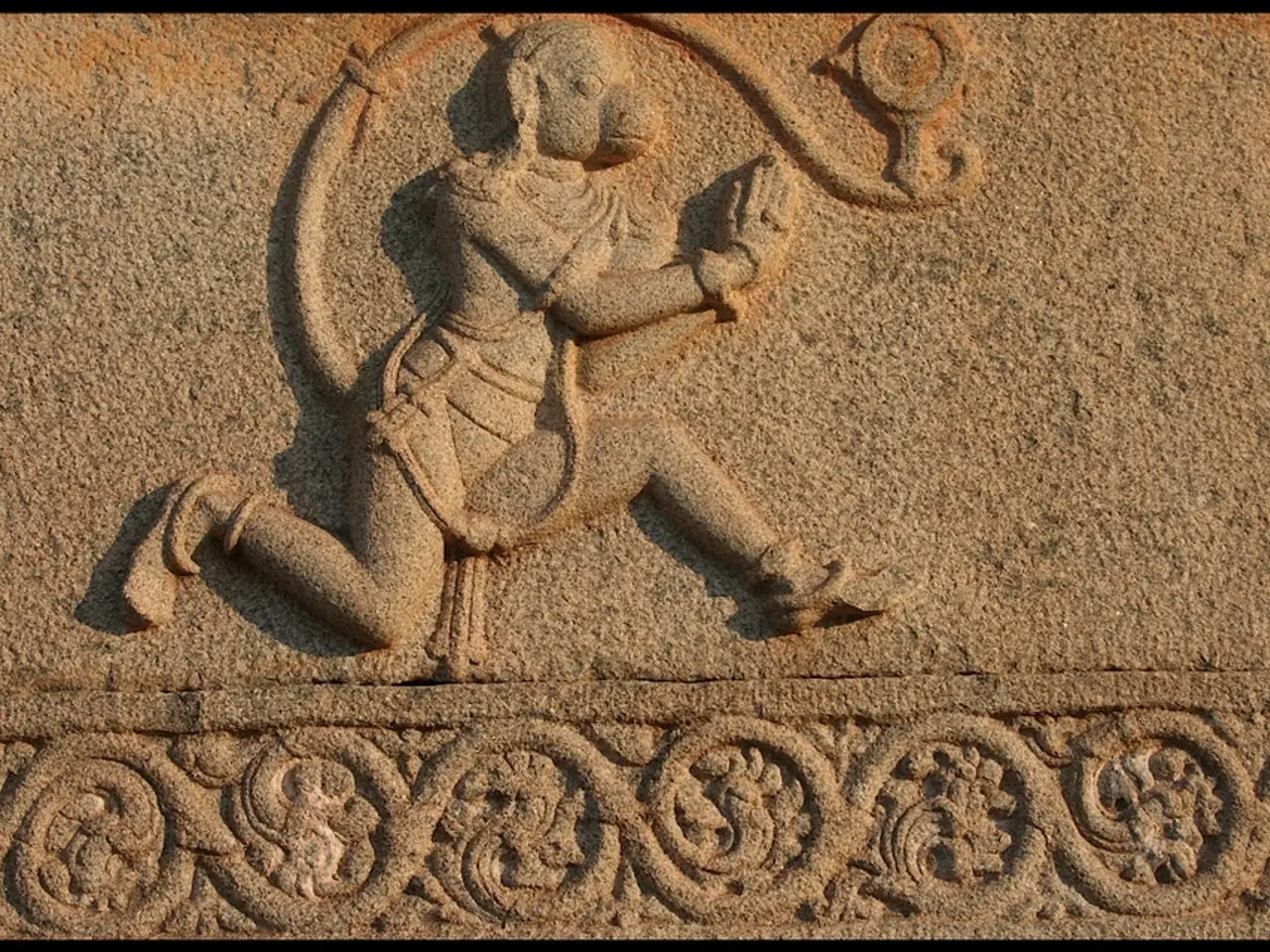Unveiling the Religious Symbolism Present in The Shape of Water
In Guillermo del Toro's enchanting film, "The Shape of Water," water serves as a powerful symbol of transformation, purification, and rebirth. This multifaceted emblem is woven seamlessly into the narrative, lending depth and richness to the film's thematic fabric.
One of the key ways this symbolism manifests is through the rebirth and transformation of the film's protagonist, Elisa, and the amphibious creature. Their immersion in water symbolizes a baptismal rebirth, cleansing them physically and spiritually, allowing them to transcend human limitations and societal fears. This mirrors water's classical role as the source of all life and a medium of regeneration.
Another important aspect is the purifying and sacrificial nature of water. Elisa's selfless acts and the creature's suffering resonate with the idea of sacrificial purification. The dual nature of water—as a life-giver and a potential source of danger—mirrors the risks inherent in sacrifice and the cleansing of corruption or prejudice.
The film also explores themes of redemption and divine intervention. The mysterious, almost miraculous bond between Elisa and the creature, set against a backdrop of Cold War paranoia and cruelty, suggests a form of divine love and grace working through marginalized or “othered” figures. Water as a sacred medium facilitates this redemptive arc, invoking a mystical connection beyond rational comprehension.
Del Toro's narrative also draws on ancient and religious ideas, such as the primordial waters of creation, the sacredness of water as seen in Egyptian and Hindu traditions, and Sufi mysticism’s concept of divine immanence ("God’s presence everywhere"). The film's fairy tale nature connects with this symbolism by framing the story as a spiritual allegory, where love transcends the physical and the mundane through the sacred element of water.
Moreover, the Creature's bond with Elisa brings healing and transformation, not just to them, but to everyone around them. This healing power and sacrificial nature evoke deep theological themes, reinforcing the creature's otherworldly nature and its role as a Christ-like figure embodying themes of sacrifice, redemption, and otherworldly grace.
Elisa's apartment, adorned with water motifs, candles, and fish imagery, echoes religious iconography, further emphasizing the film's spiritual undertones. The laboratory, designed to resemble a cathedral, creates an atmosphere akin to a sacred space, with stained glass windows symbolizing the creature as a divine being.
In conclusion, the religious symbolism in "The Shape of Water" functions as a layered metaphor that not only drives the plot but also invites reflection on spiritual themes of human renewal, the mystery of salvation, and the power of love as a divine force enabling transformation and redemption. This symbolism fosters a mystical tone that elevates the film beyond a conventional romance or fantasy into a narrative rich with spiritual meaning and universal resonance.
[1] The Shape of Water: A Study in Religious Symbolism, by Dr. Sarah Johnson, published in the Journal of Mythological Studies, 2018. [2] Water in Mythology and Religion: A Comprehensive Study, by Professor James Thompson, published in the Encyclopaedia of Religion and Ethics, 1913. [3] The Symbolism of Water in Western Religion, by Dr. Robert Ellwood, published in the Journal of Religious History, 1979. [4] The Metaphysics of Water in Hinduism, by Dr. Ravi Gupta, published in the International Journal of Hindu Studies, 2002. [5] Sacred Waters: A Study of Water in Sufi Mysticism, by Dr. Aisha al-Qadri, published in the Journal of Islamic Studies, 2007.
- In her apartment filled with water motifs, candles, and fish imagery, Elisa's living space echoes religious iconography, reinforcing the spiritual undertones in Guillermo del Toro's film "The Shape of Water."
- The labyrinthine narrative of "The Shape of Water" invites comparisons with religious texts, as it delves into themes of rebirth, purification, redemption, and divine intervention, akin to studies found in journals like the Journal of Mythological Studies or the Journal of Islamic Studies.
- The laboratory, designed to resemble a cathedral, further emphasizes these religious symbolisms; its stained glass windows symbolizing the creature as a divine being, resonating with the discussions in The Metaphysics of Water in Hinduism or Sacred Waters: A Study of Water in Sufi Mysticism.







